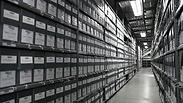
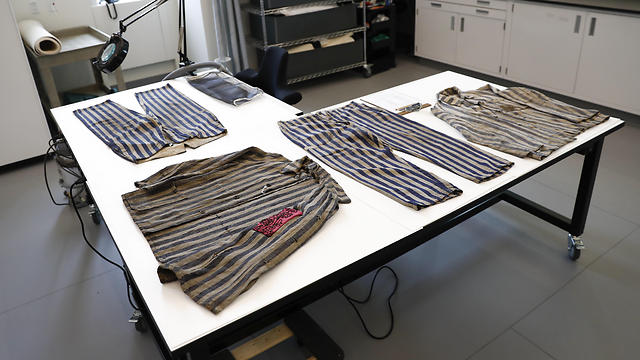
Artifacts preserve Holocaust stories for posterity
Launched on Holocaust Remembrance Day, the US Holocaust Memorial Museum's new conservation and research center seeks to collect and preserve artifacts showcasing the lives of the people who suffered through the tragedy, safeguarding them for future generations.
A new conservation and research center was opened by the US Holocaust Memorial Museum on Monday, coinciding with the annual Holocaust Remembrance Day.
In it, a visitor might come across some small and unassuming artifacts, such as a wicker doll chair donated by Louise Lawrence-Israels. It was a modest toy, but it meant the world her—A gift for her second birthday, it was the only toy she possessed during the approximately three years she spent hiding from the Nazis in Amsterdam, just five blocks from the house where Anne Frank wrote in her diary.

"It was a big thing for me to actually give the chair, because it was a significant thing," said Lawrence-Israels, 75, one of about two dozen Holocaust survivors who attended the center's opening. "A lot of people can look at it and see how it was for a little child in hiding."
The chair is one of thousands of artifacts housed in the Museum's new center.
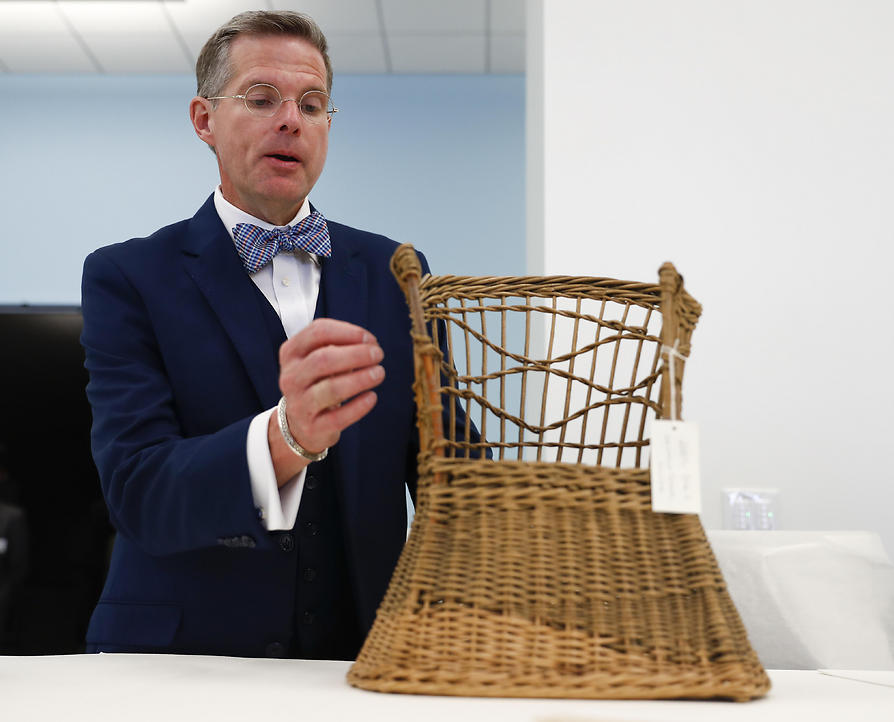
The David and Fela Shapell Family Collections, Conservation and Research Center, located in the suburbs of the nation's capital, is a state-of-the-art facility with 103,000 square feet (9,570 sq. meters) for documents and artifacts, with room for expansion.
The center houses thousands of items in eight climate-controlled vaults in a building designed to withstand tornadoes and hurricanes. Its collection includes everyday objects, from children's toys and clothes to sewing machines used in concentration camps.
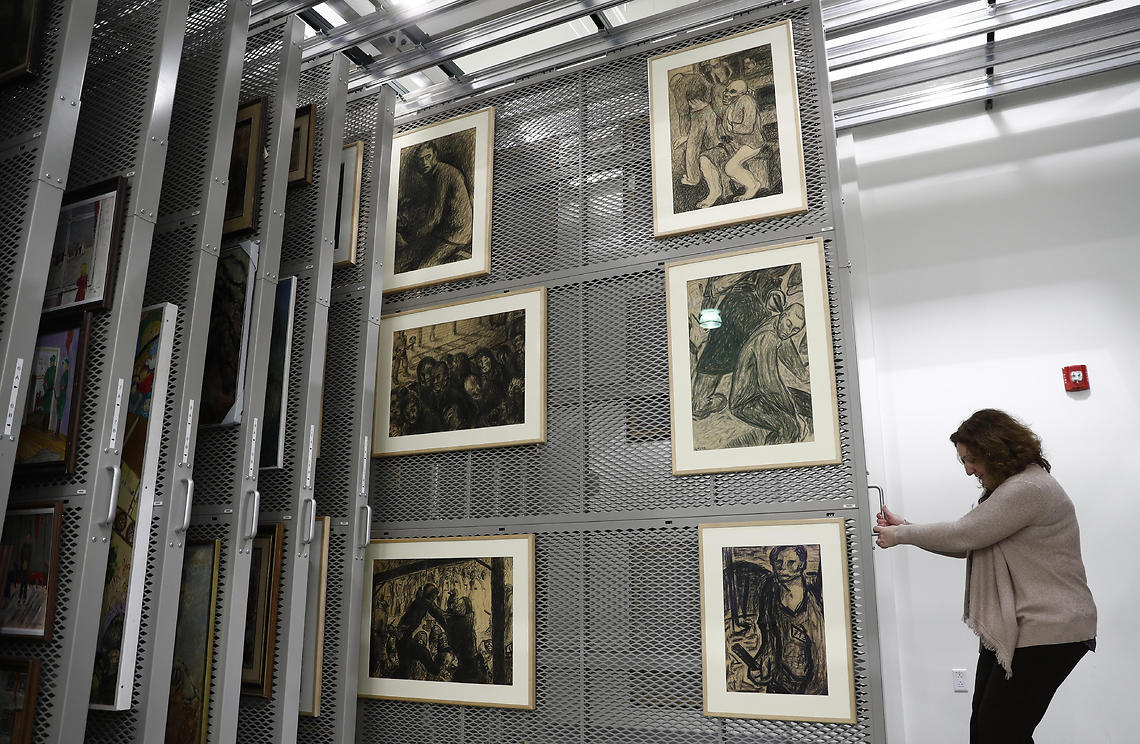
Travis Roxlau, director of collections services, said center officials have spent 25 years gathering the items.
"We collect stories, and all of the objects that go along with those stories, because as the surviving generation passes on, these are going to be the objects that are left to help us tell the history of the Holocaust," Roxlau said.
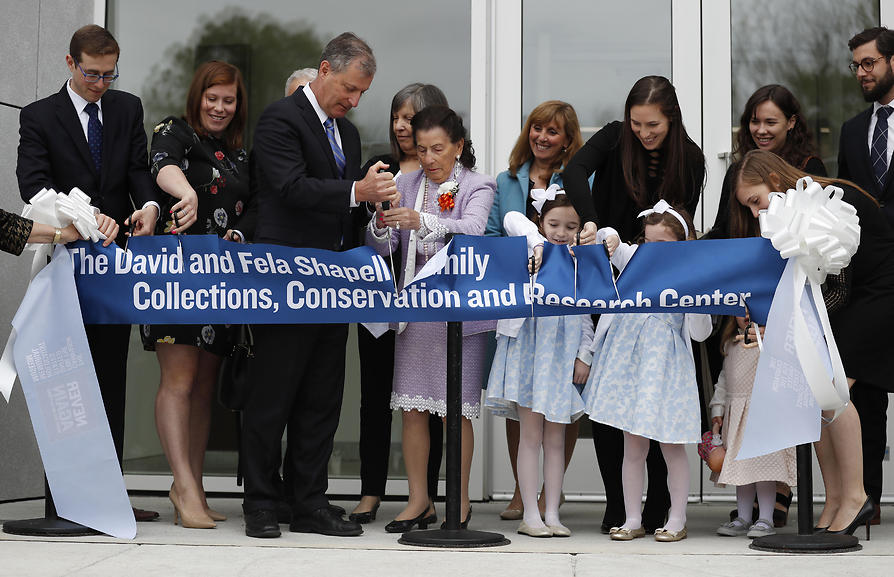
Survivors say the center's holdings are critical to preserving the reality of the Holocaust.
"I think the most important thing is to make sure that the memory of the Holocaust isn't forgotten," said Alfred Munzer, 75, who donated a silver teething ring that went with him at the age of nine months when he was put into hiding with a Dutch-Indonesian family in the Netherlands in 1942. He also donated two small photographs of him that his mother kept hidden while she was confined in concentration camps.
Munzer, of Washington, DC, said the center and its artifacts will serve "as a lesson to the world as to where hate can lead to."
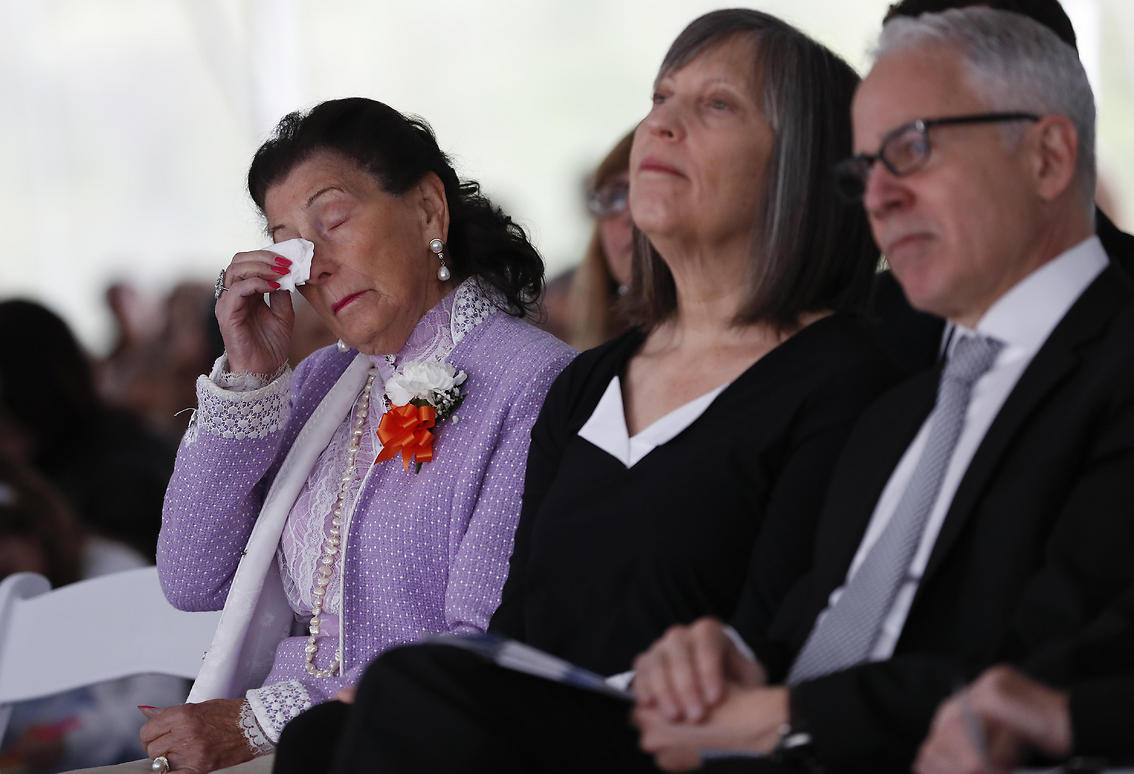
Lawrence-Israels, of Bethesda, Maryland, noted that she and other Holocaust survivors are "not going to be here forever, and once we're not here anymore the museum and this institution will speak for us."
"This is the only evidence that we leave behind, and with the climate today it's important that people see that this was real," Lawrence-Israels said.
Scholars and researchers will have access to materials in the facility. A reading room is scheduled to open in the next year. The museum also is in the process of making documents and images available online.















